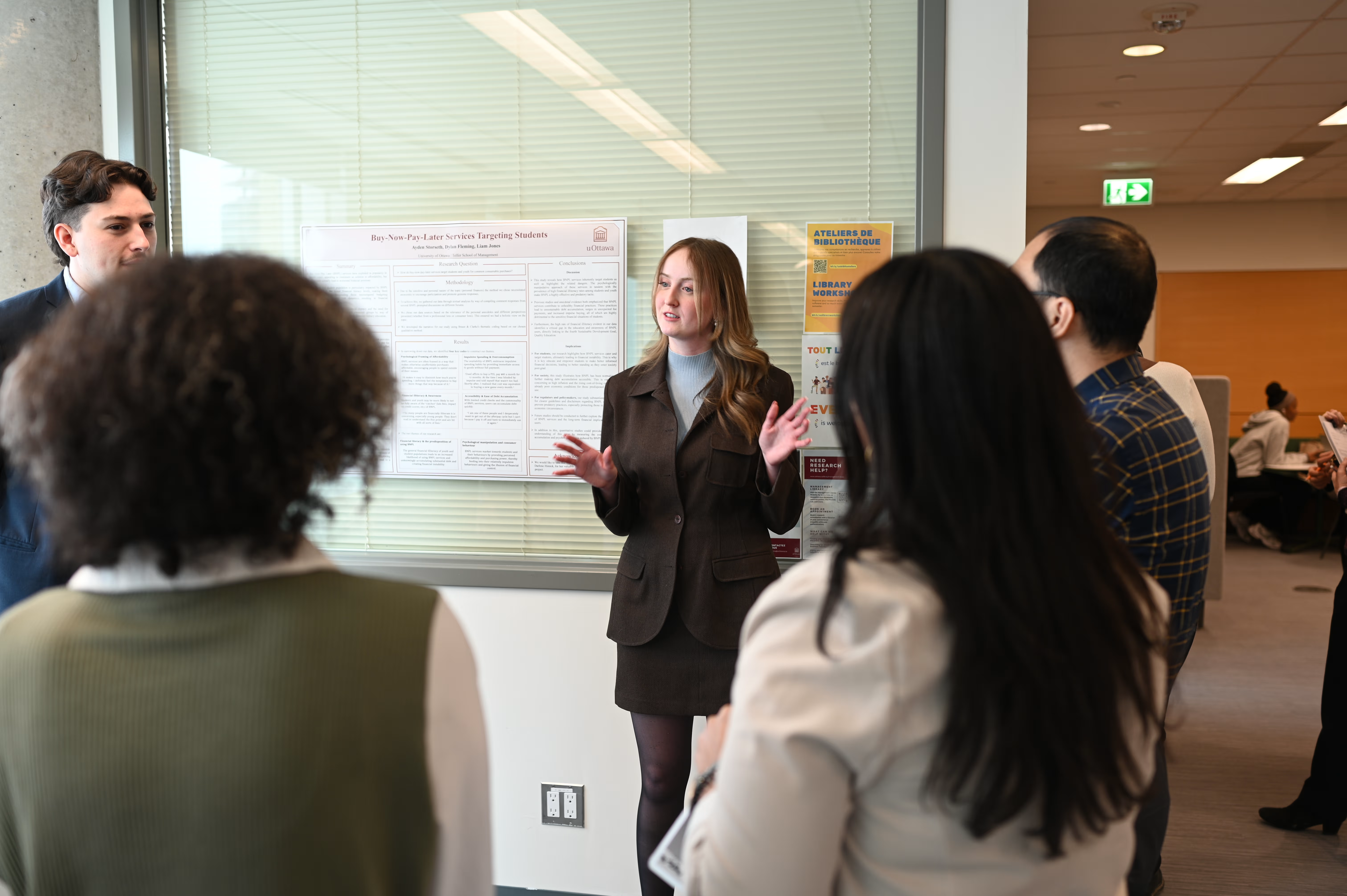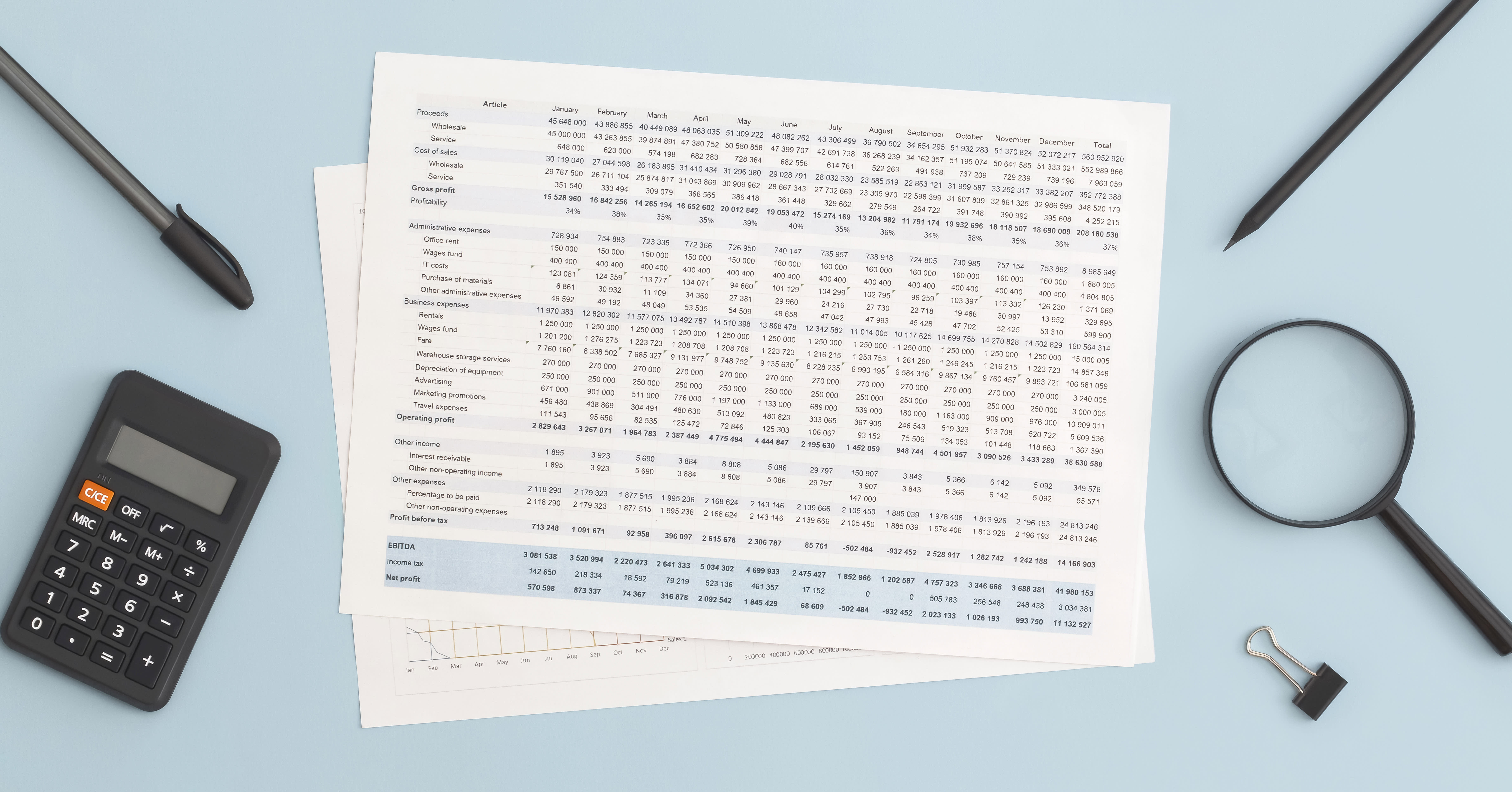Changes in pension plan accounting
Accountants and actuaries often make valuation decisions that affect multi-billion dollar planning and spending of public assets such as pension plan liabilities. However, the value of those liabilities affects pension payments that will be made far into the future. So how do these professionals help governments of all levels define what the value of pension plan liabilities is today?
Both accountants and actuaries have long relied on their professional judgment to select an interest rate that will be used to calculate that value.
However, experts outside of the accounting profession have challenged these traditional approaches. For example, some financial economist believe that the value of pension liabilities should be rather calculated based on information that can be found in the capital markets, which they consider to be more objective than one’s professional judgment.
Influencing policymakers
In an article recently published in the prestigious journal Accounting, Organization, and Society, Professor Darlene Himick at Telfer School of Management (University of Ottawa) and Marion Bivot (Université Laval) studied the shift from traditional accounting practices to the market-based approach to measure the value of pension plan liabilities in the United States.
Himick and Bivot suggest that in the debate over judgment versus objectivity, it is not about whois getting the accounting right, but rather about who is telling policymakers the most compelling story. The authors tracked all the stages in which a group of financial economists gradually redefined how pension plan liabilities were evaluated and reported in the United States from 1989 to 2012.
During this time period, a small group of financial economists convinced the U.S. Governmental Accounting Standards Board to combine finance tools (the use of market rates) and traditional accounting practices (the use of judgement) as a way of calculating the value of pension plan liabilities.
Public implications
“During this period, this group managed to trigger seemingly minor but actually significant changes in government accounting practices. As part of doing so, they forcefully challenged decades of actuarial practice, calling it outdated” explains Professor Himick.
More importantly, what appears like a technical debate between professionals actually reshaped policies that have the potential to impact the valuation of government pension liabilities. Such changes may have much wider implications for government spending.
As Professor Himick and her co-author explain, the difference in the discount rates chosen through the two different approaches could be as minimal as a fraction of a percentage point. However, that small difference can still lead toa difference of hundreds of millions of dollars in the value of pension assets and liabilities.

“How we account for pension debt is not just a dry accounting issue. When the city of Detroit declared bankruptcy, its public pension debt was front and centre. Understanding how professionals work out their differences is particularly important in times when governments are forced to tighten their belts and consider compromises when evaluating pension plans and other liabilities that contribute to the public debt,” adds Professor Himick.
Himick D., Brivot, M. (2018). Carriers of ideas in accounting standard-setting and financialization: The role of epistemic communities. Accounting, Organizations and Society, 66: 29-44.











